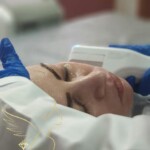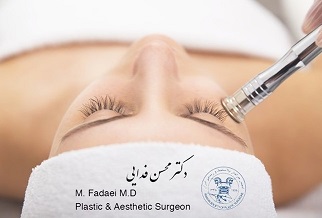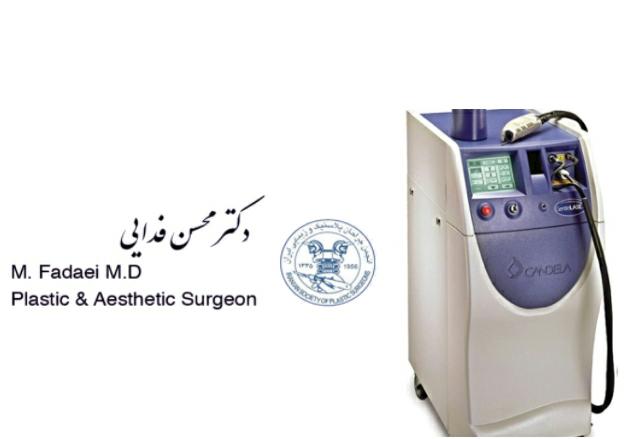what types of anesthesia are used during a Rhinoplasty?
Rhinoplasty is one of the most popular cosmetic surgeries that people undergo today. Whether you are looking to improve the appearance of your nose or you are looking to undergo functional rhinoplasty in order to correct breathing or sinus problems, rhinoplasty can restore balance to your face and improve your health.Before undergoing a rhinoplasty, you should know about the types of anesthesia used in most of these procedures plastic surgery procedures: general anesthesia and IV Sedation. Each has its own uses and benefits.
types of anesthesia for Rhinoplasty :
IV Sedation
IV Sedation relies upon the skillful dosing of powerful anesthetics through an intravenous catheter without the use of a breathing tube. IV sedation must render the patient unconscious and motionless while at the same time avoiding breathing suppression. There is a fine balance between having a patient fully unconscious and breathing on their own versus not being fully unconscious and having sudden movement or having the patient stop breathing from too deep sedation. in more prolonged rhinoplasty surgery lasting several hours, it can become even more difficult to keep patients comfortable with IV sedation as patients can become restless and develop muscle soreness or a full bladder.
FACILITY
Hospital, or accredited surgical center.
ADVANTAGES
No general anesthesia with intubation; less post-operative nausea and vomiting, quick anesthesia recovery time; possibly decrease in blood loss during rhinoplasty.
DISADVANTAGES
Requires expert anesthetist who is comfortable with conscious sedation for rhinoplasty. Since the airway is not protected, it may lead to aspiration of fluid into lungs.
General Anesthesia
The above concerns pointed out with IV sedation in rhinoplasty are better addressed with general anesthesia. In many ways general anesthesia creates the most controlled situation possible during your rhinoplasty surgery. With the addition of controlling the airway with a breathing tube your anesthesiologist is able to protect your windpipe from dripping blood during surgery. Also, you don’t have to maintain your own respiration as the anesthesiologist is able to fully manage your breathing with a breathing machine. This allows for a deeper level of anesthesia which can be adjusted to keep the blood pressure low to help minimize bleeding, bruising, and swelling. Since the nose is rendered fairly numb from the local anesthesia injection, comparable levels of anesthetic are used as with IV sedation so the anesthesia after effects are usually quite mild and short lived. This more controlled, stable environment allows much better operating conditions and surgical outcomes.
FACILITY
Hospital, accredited surgical centers. Some surgeons have a surgical suit in their offices that are accredited for general anesthesia.
ADVANTAGES
Painless procedure, no memory of the procedure, monitoring of body systems by anesthesiologist, protection of airway by breathing tube.
DISADVANTAGES
Most invasive option of anesthesia; lack of ability to talk to patient during the procedure; more frequent post-operative nausea and vomiting are associated with general anesthesia; complications with lung is possible; delayed regaining conscious from anesthesia sometimes prolonged hang-over feeling; possibly increased blooding issues during rhinoplasty surgery.
Local Anesthesia
Regardless of which type of anesthesia is selected, rhinoplasty is always performed with local anesthesia (lidocaine mixed with epinephrine) to directly numb the nose and reduce the amount of bleeding encountered during surgery.
What Type Of Anaesthesia Is Preferred For A Rhinoplasty Procedure?
While excellent results occur under both methods if delivered by an experienced anesthesiologist, the majority of plastic surgeons have a preference for IV sedation (of course, this isn’t always the case). Some types of rhinoplasty are typically performed under general anesthesia due to the nature of the procedure.
What type of anesthesia you decide on will depend on the type of rhinoplasty you are undergoing, as well as what you and your plastic surgeon/anesthesiologist are comfortable with. Regardless of what method you choose, know that there are benefits to both.











